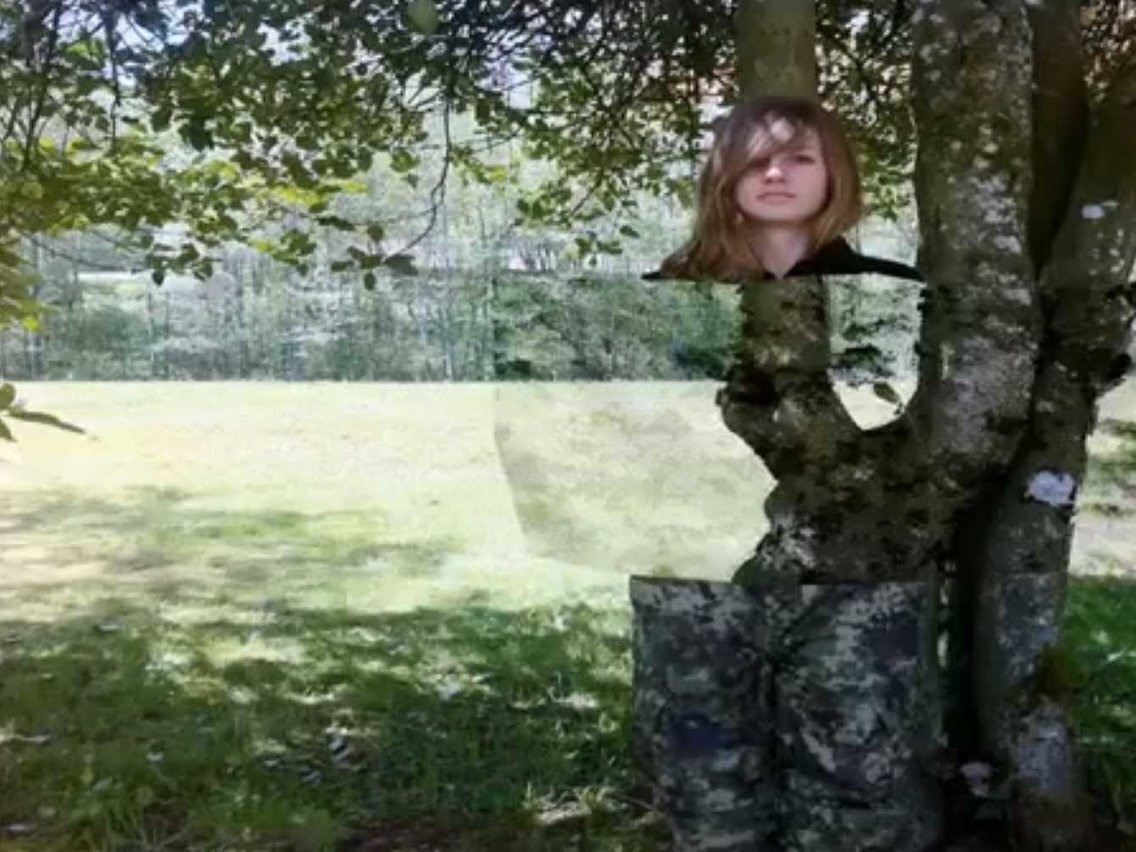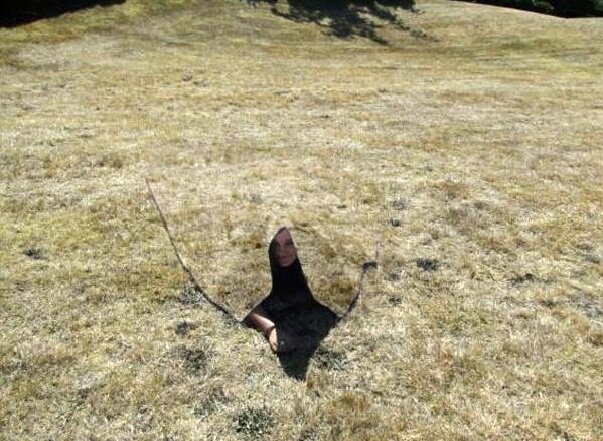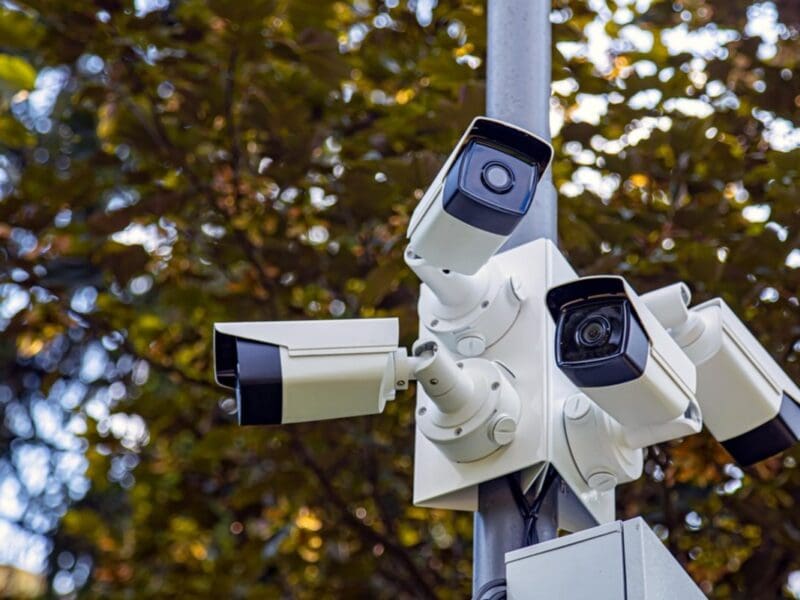
The ‘Harry Potter’ invisibility cloak: Why it will soon be a reality
There’s a fine line between magic & science. Technological & scientific innovations seem to defy reality with their ever-evolving discoveries & experiments. With luck, we can all aspire to wield these cutting-edge inventions and become magicians ourselves.
Of course, we’ve all imagined ourselves as wizards & witches in the magical world of Harry Potter. If you don’t know what house you’re in, make sure to head over to the sorting hat to get some answers. Who wouldn’t want to be in the Harry Potter world – it’s teeming with wicked spells, fantastical creatures, & magical artifacts.
What if we told you that a part of that fantasy world could become a reality? Thanks to technological advancements of Hyperstealth Biotechnology, the creation of Harry Potter’s invisibility cloak may soon exist in real life. Here’s everything we know about the revolutionary invisibility cloak technology so far.

Quantum stealth
A Canadian camouflage company called Hyperstealth Biotechnology has been steadily working on a new material that renders people & objects basically invisible from certain angles. The material (or cloak if you’d like to call it that) is called “quantum stealth”, which has the ability to bend light around the object.
The invisibility technology known as quantum stealth makes objects close to invisible to human eyes, but it also offers useful protection from thermal, infrared, & ultraviolet imagers. It might not be quite as effective as Harry Potter’s invisibility cloak, but it functions shockingly well.
Traditional camouflaging techniques usually work only in specific locations – such as dense forests or dry deserts. But according to Hyperstealth Biotechnology’s CEO, Guy Cramer, their invisibility cloak will be able to work in any environment, season, & at any time of day.
How does it work?
The technology behind quantum stealth is pretty complex, but there’s a solid explanation behind the magic. Quantum stealth material uses something called a lenticular lens. A lenticular lens consists of a corrugated sheet with each ridge made of a convex (outward-curving) lens.
Lenticular lenses actually aren’t as uncommon as you might think. In fact, they’re often found in 3D bookmarks and collectable trading cards like Pokemon. Lenticular lenses in the invisible cloak are similar – except they are left clear without being printed on.
With fine-tuned layering, lenticular sheets with varying lenses can refract light at a myriad of different angles. The result is a “dead spot” – or what we’re excited to call invisibility. Light is unable to pass through certain points – thus erasing everything behind the material from view while keeping the background the same.

How do you get an invisibility cloak?
While we’re all pining to get a taste of this magic by obtaining our own invisibility cloak, we’ll have to wait quite a bit longer before that’s a possibility. The quantum stealth technology is still in the prototype phase. Not to mention – it’s not exactly created for avid fantasy fans or Harry Potter nerds.
Hyperstealth Biotechnology is developing its invisibility cloak technology for military purposes – not for everyday or cosplay uses. Creators of the material quantum stealth want to use it in order to conceal military agents & equipment such as tanks & jets in the field.

Quantum stealth is even more useful for military purposes because it can be thin, lightweight, & inexpensive to produce. Videos also show that it can come in various forms such as riot shields, camouflage nets, & parachutes.
Nevertheless, we can’t wait to see the invisibility cloak work wonders. Our Harry Potter daydreams no longer need to stray within the realm of fiction. Real wizards are out there in the form of technological designers and they’re creating the most mind-blowing technology we can imagine.







